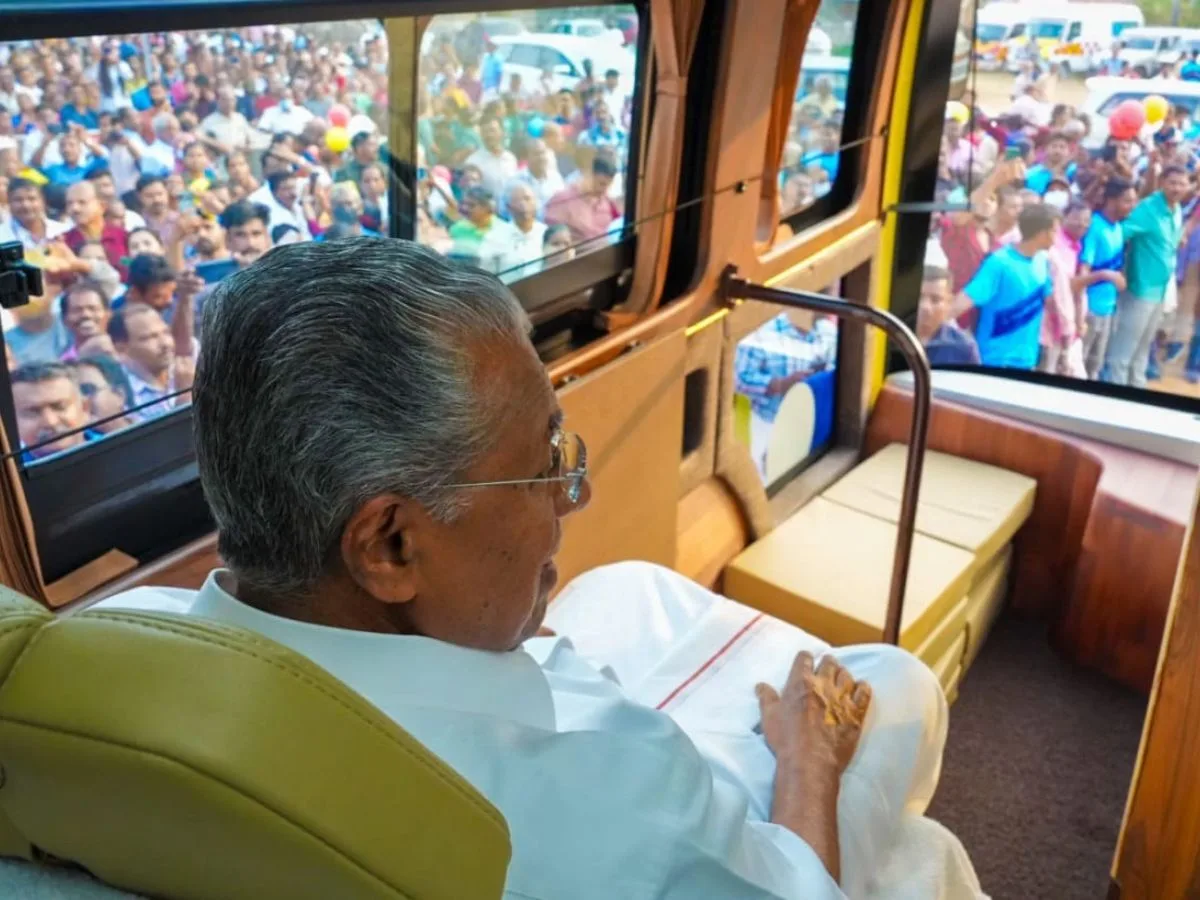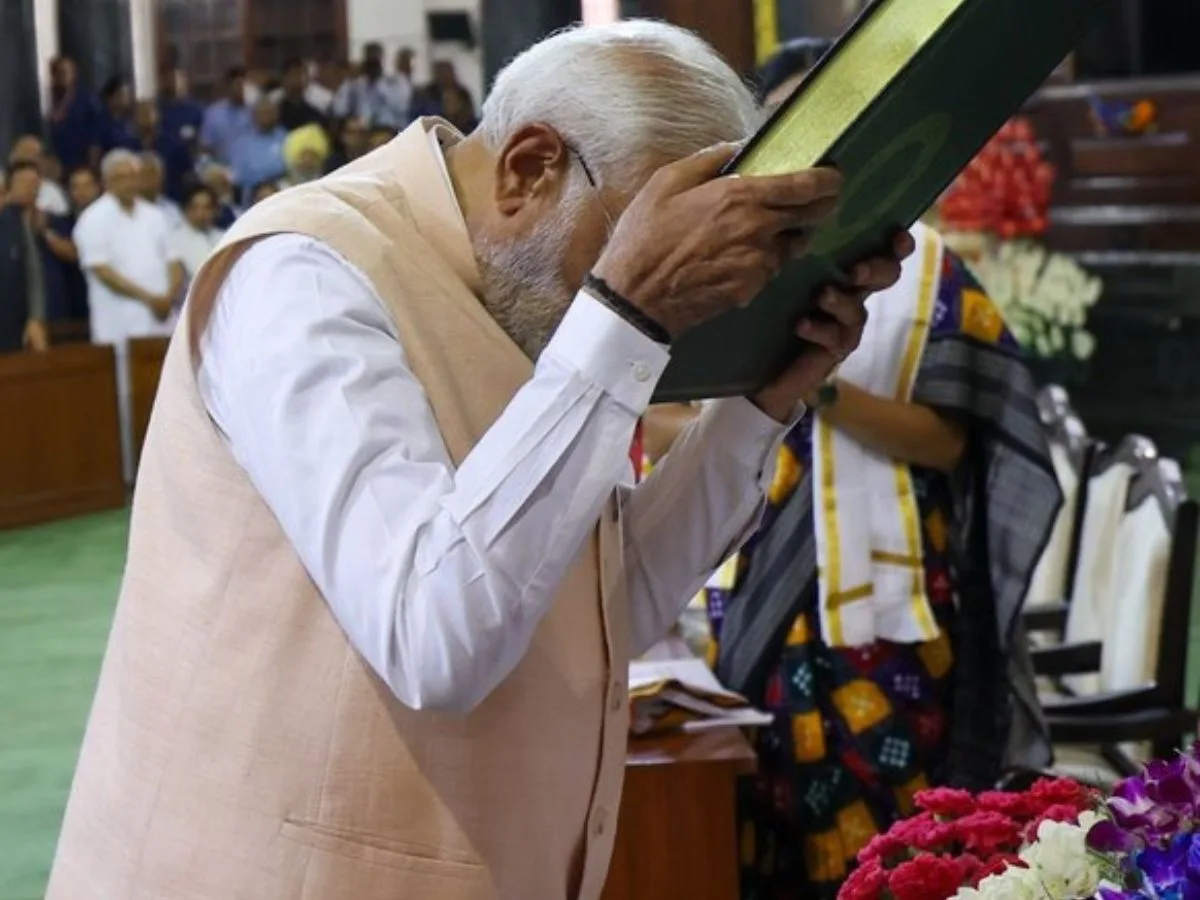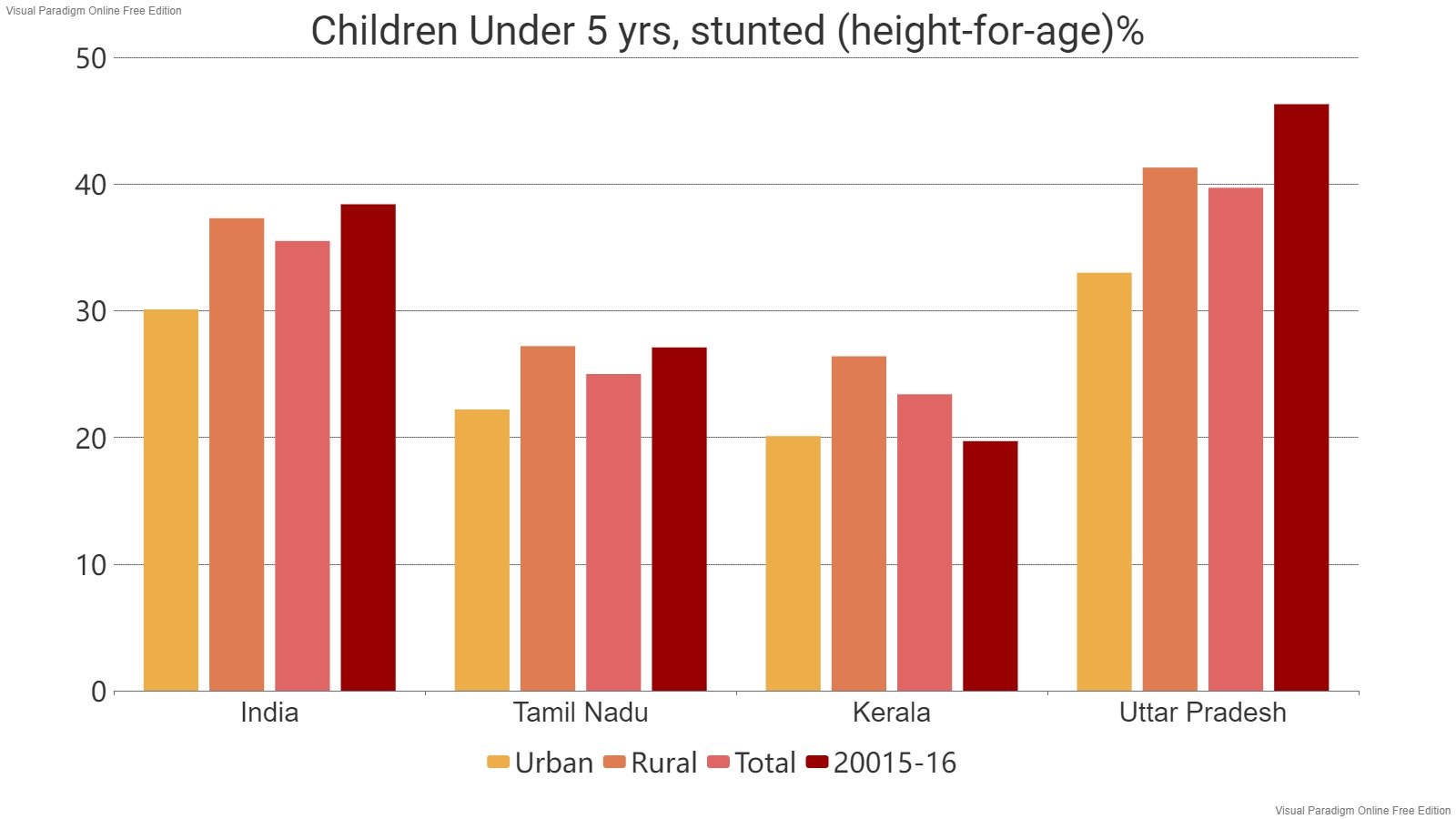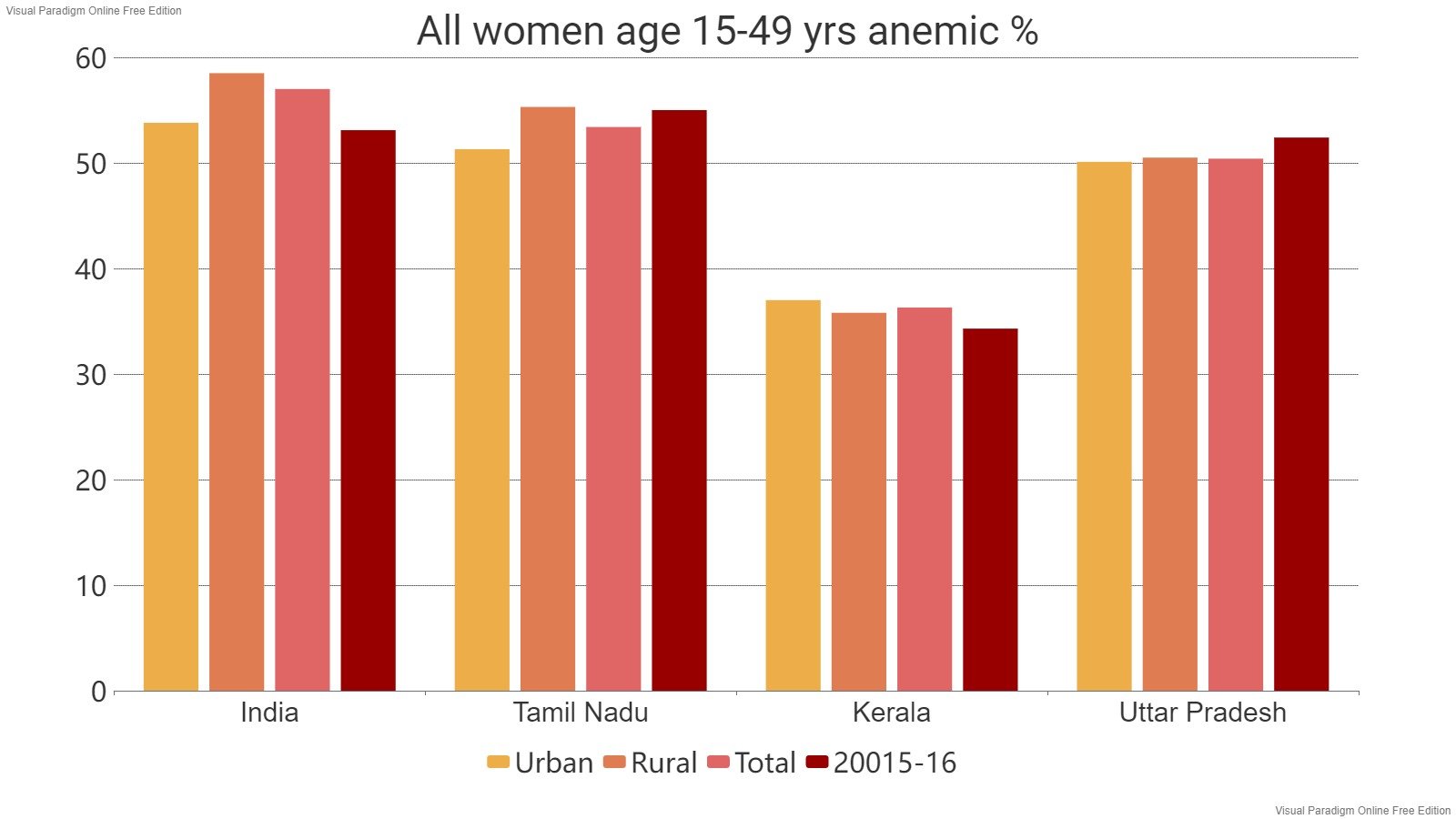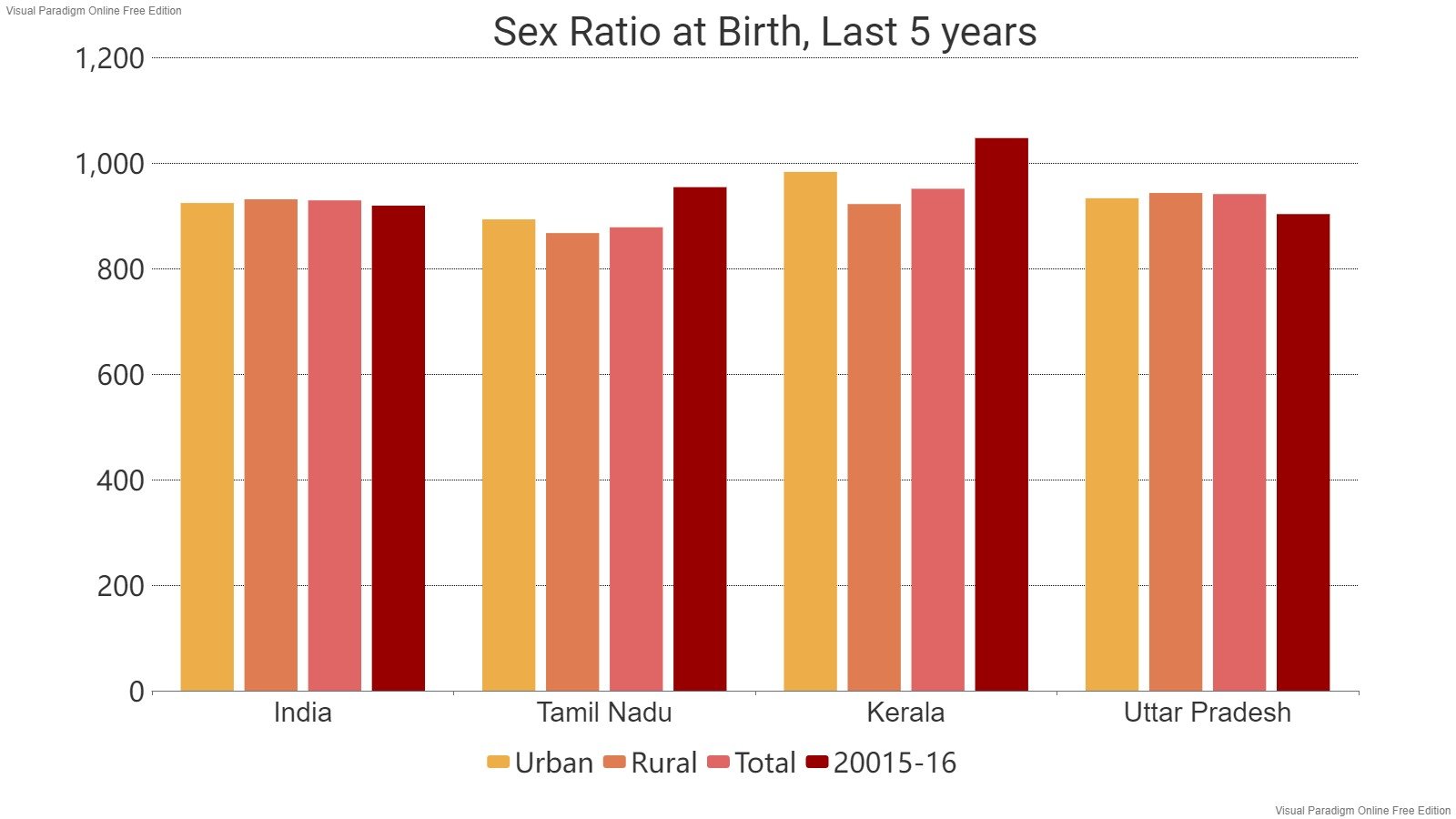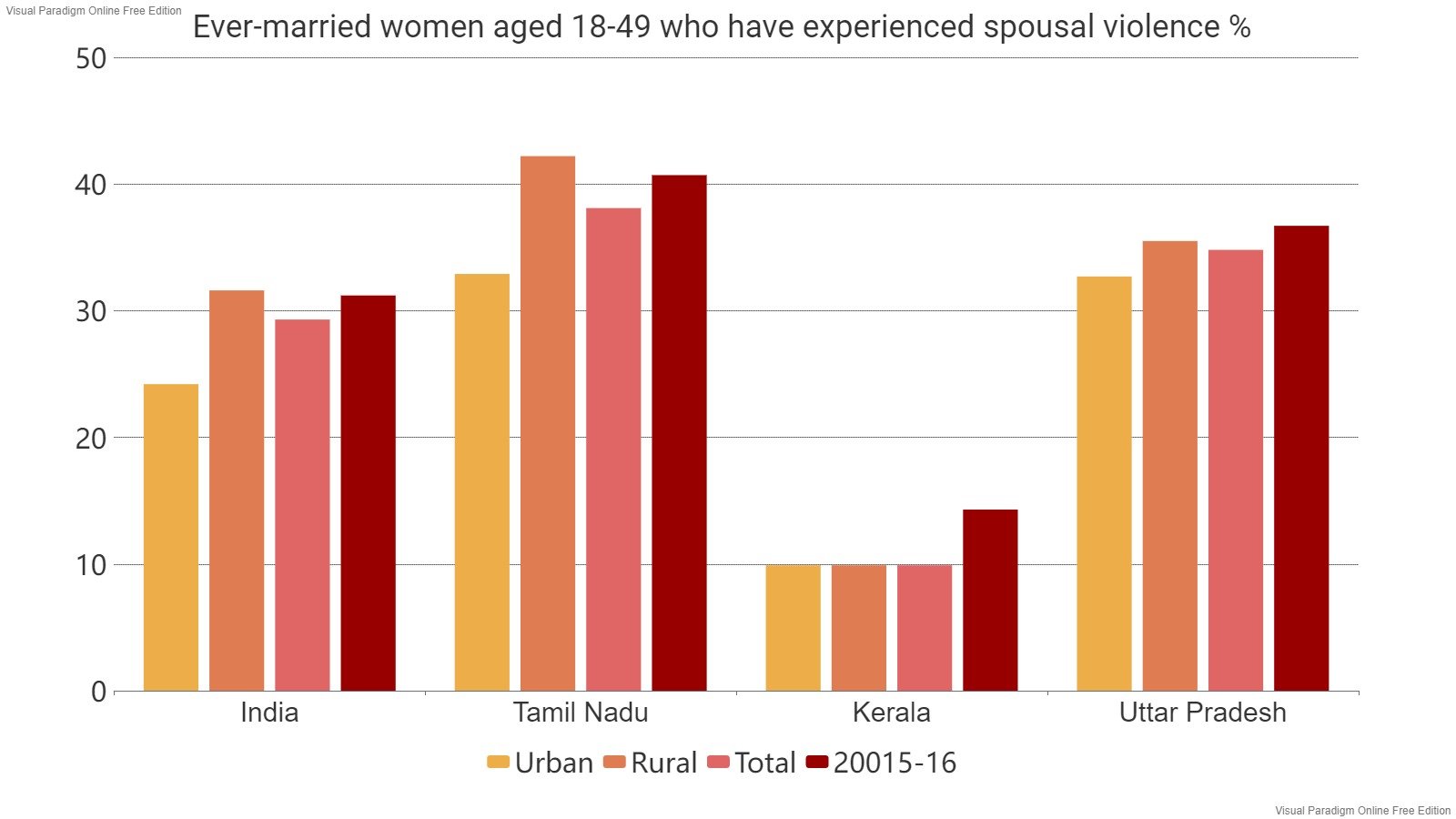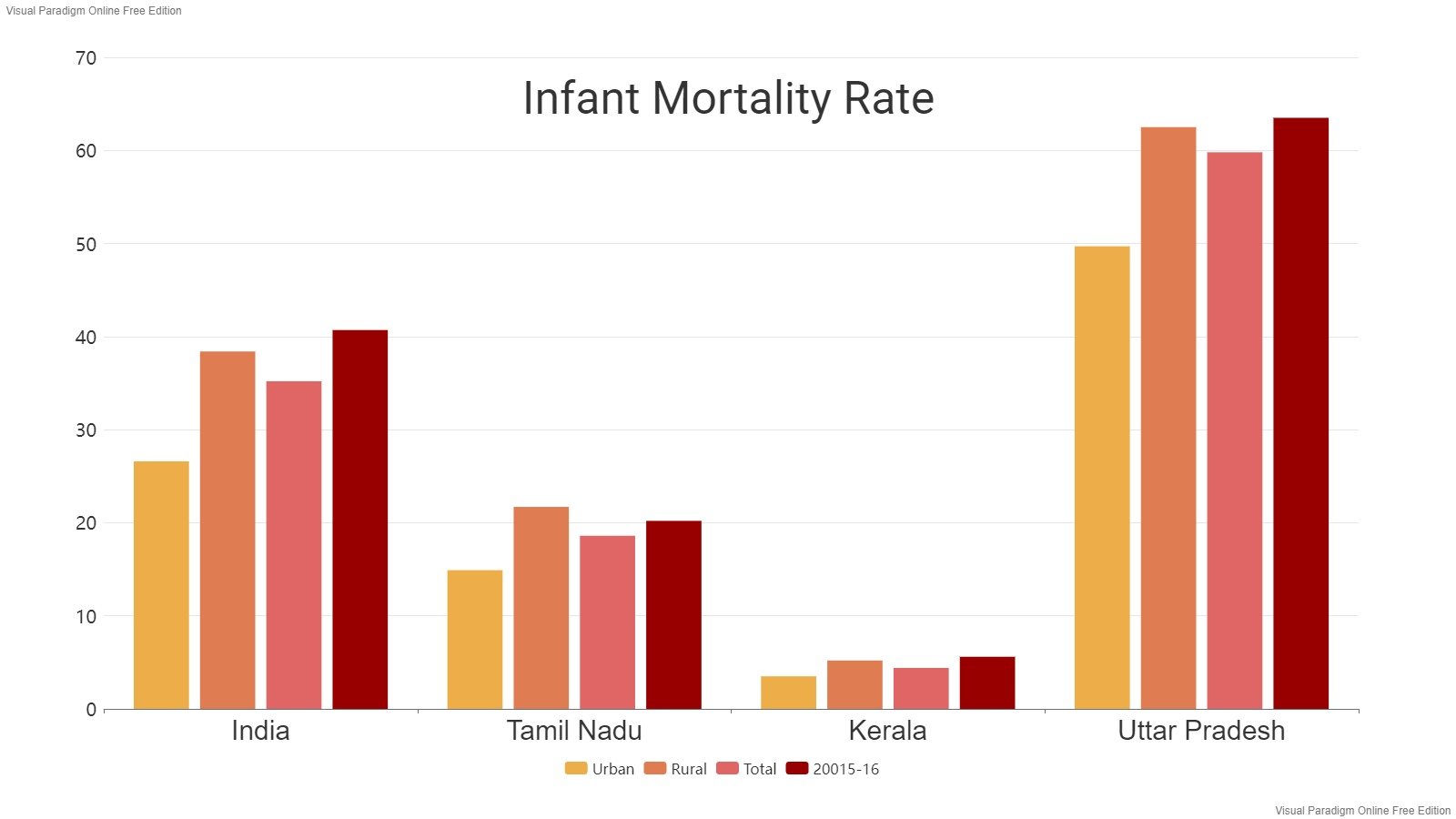Read in : தமிழ்
Now that the India Meteorological Department (IMD) has formally heralded the northeast monsoon in Chennai and issued a forecast of heavy to very heavy rainfall across Tamil Nadu between October 31 and November 3, Chennai got its first demonstration of how the ambitious stormwater drain project of the DMK government works.
The first rain on Monday night produced flooding in some areas, media reports said, while in other places, the new drain system stood up to the downpour. For instance, in parts of the Nungambakkam observatory area that got 8 cm of rain until 8.30 a.m. the drains performed as expected. Some areas badly hit last year, like Kodambakkam, got relief, but not Viswanathapuram 1st street, where Metrowater sumps got contaminated in a few old buildings.
In West Mambalam, new drains kept parts of Arya Gowda Road and Postal Colony in good shape, but not others such as Murthy Street and Babu Rajendra Prasad Street near Mambalam Railway Station.
There were reports of water-logging across the city, which started clearing on Tuesday afternoon after the rain stopped. The Greater Chennai Corporation (GCC) said people should wait for two to four hours before reporting waterlogging. Chief rainfall figures were 13 cm in Red Hills, 12 cm in Perambur, 9 cm in Ayanavaram and 7 cm in DGP Office, MGR Nagar and Nandanam.
The IMD forecast for Chennai and the rest of Tamil Nadu for October 31 said, “Heavy to very heavy rain is likely to occur at isolated places over Kancheepuram, Ranipet and Tiruvallur districts. Heavy rain is likely to occur at isolated places over Chennai, Chengalpattu, Villupuram, Vellore, Tirupattur, Tiruvannamalai, Cuddalore, Kallakurichi, Pudukkottai, Nagapattinam, Tiruvarur, Thanjavur and Mayiladuthurai districts, Puducherry and Karaikal.” Thereafter, heavy rain is forecast for Chennai over the next few days, at isolated places, though not on November 3.
There were reports of water-logging across the city, which started clearing on Tuesday afternoon after the rain stopped. The Greater Chennai Corporation (GCC) said people should wait for two to four hours before reporting waterlogging
The 2021 monsoon became a watershed moment since it paralysed large parts of Chennai’s flat landscapes on some days. As the city recalls, on November 7, many centres received extremely heavy rainfall, touching 23 cm at the DGP Office in Mylapore, and 21 cm each in Nungambakkam and Ambattur. The rest of the city recorded between 11 and 18 cm.
Also Read: Are councillors playing their role to get storm drains ready?
These areas are the testing ground for the new drain system. After the 2021 flood, many ground floor properties lost their value, in localities where the price per square foot is between Rs.13,000 and Rs.15,000, such as T. Nagar and West Mambalam. At the peak, people had to take shelter in hotels. Not surprisingly, the BJP councillor of Ward 134 (West Mambalam), Uma Anandan, recently came out in praise of the DMK government for the “marathon” SWD programme.
Drain design and build quality
By any measure, the DMK government’s rapid drain-building scheme is exceptional. It devoted half a billion dollars equivalent of funds, brought in the IIT Madras to assess water flows and design, and issued contracts to put in redesigned and new drains, all to be completed ahead of the season. There are some components to the plan that will go on, and not conclude this year. The Tiruppugazh Committee advising the government is continuing its work.
Where the programme faltered and disrupted the entire city for some weeks was the poor implementation by private contractors. After the shocking death of journalist Muthukrishnan in Ekkattuthangal, and a record of poor implementation of drain work under the supervision of the State Highways department, the government declared that unfinished drains would be covered up for the rains. On October 30, the Greater Chennai Corporation (GCC) said it had barricaded all unfinished stretches of drains.
If the GCC had relied on prefabricated drains, it could have achieved faster implementation, greater standardisation, and eliminated anomalies in the competency of contractors. That potential is explained here.
The bad news is that the contractors in many places threw quality standards to the winds. They dumped vast quantities of clay soil along the new drain-building sites, and a lot of that has already flowed into the new drains, in pre-monsoon rains. It would seem that there was no stipulation that the drains must be handed over at full capacity, without any debris.
IIT Madras had insisted in its designs that inlets into the new drains be road surface level, and the drains are much bigger than the previous design. But in early September, a month after assurances by GCC, the institute pointedly asked GCC and other agencies to adhere to the designs it had given, without deviation, in response to media reports of faulty methods used along Ramasamy Salai and Lakshmanaswamy Salai in K.K. Nagar. That included gradients to ensure that the water did not stagnate, and flowed using gravity to outfall points.
Lack of attention to quality standards can prove costly in the long term. In the post-2021 drain plan, the GCC is reported to have allocated Rs 70 crore to merely clean some of the existing drains
These aspects have not been explained in detail by the GCC, although the civic body has asked its staff to demonstrate the working of the new drains during actual rain events with visuals. On Nov 1, the GCC control room was abuzz with monitoring of streets and vulnerable points on CCTV.
Bigger cleaning bills?
Lack of attention to quality standards can prove costly in the long term. In the post-2021 drain plan, the GCC is reported to have allocated Rs.70 crore to merely clean some of the existing drains. This high expenditure can be avoided in the future by ensuring that the metal grille inlets and cement ports allowing rainwater to flow are kept free of debris that could find its way into the drain. Now that the tenure of the urban employment scheme beneficiaries has been extended by the GCC Council beyond September, and their remit includes cleaning drains, the GCC (and other Corporations) could do preventive maintenance in the coming months.
At present, there are several places where unpaved road margins and soil dumped by contractors have entered drains – creating a problem even before the drains could be used. Work on many inlet points is left unfinished. This is seen in Kodambakkam.
Also Read: Swachh survey: losing ground on construction waste
The Corporation should also worry that pre-monsoon rains have led to water stagnating in some of these SWDs, calling for urgent inspections. There is some hope that greater attention will be paid and contractors, as well as officials, will be held accountable if water stagnates beyond a reasonable period. Chief Secretary Irai Anbu made that clear to officials on an inspection of drains in suburban Tambaram and Avadi Corporations. The fate of 20 city vehicular subways and 30 canals under GCC is being watched.
The proof of the drain programme will be in the flow. But the patchy attention to detail could still sink many localities. The season has just begun. And, much good water will turn foul with contamination rather than be harvested for people to use.
Read in : தமிழ்




